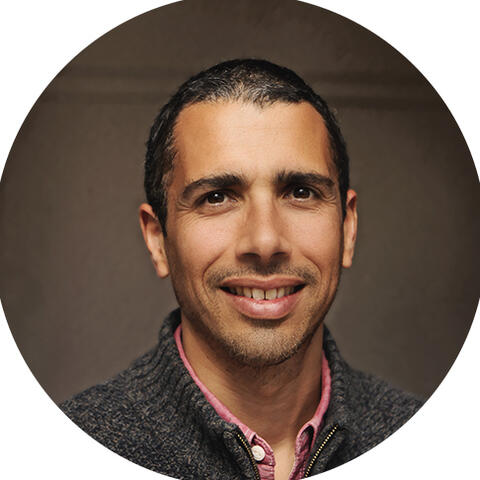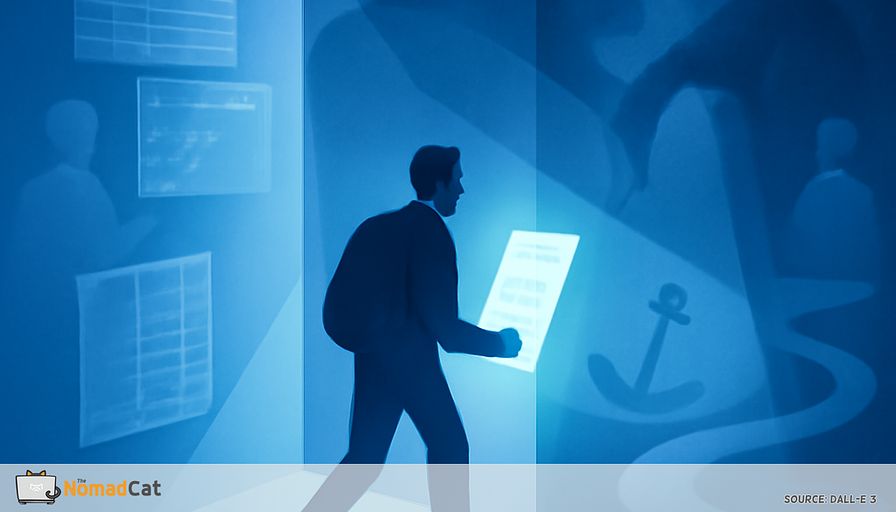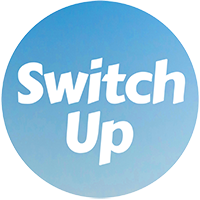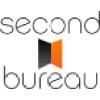Abstract:
The article explores the often-overlooked cognitive and emotional biases that can cloud decision-making when leaving a stable tech job for new opportunities, drawing on the author's personal experiences across cities like Berlin, Lisbon, and Beijing. It highlights how overconfidence from past successes, salary anchoring, sunk cost fallacies, burnout, anxiety, and the lure of freedom can distort judgment, sometimes causing people to stay too long or leap prematurely. Through practical strategies such as structured self-questioning, journaling prompts, scenario planning, and regular feedback—like direct peer input and anonymous surveys—the author demonstrates how to identify and counteract these blind spots. Building pauses into the decision process, benchmarking against real-world standards, and embedding bias checks into financial and risk assessments are emphasized as ongoing habits. Ultimately, the article argues that moving forward in tech requires not just tactical planning but a continuous, honest review of one’s motivations and assumptions, enabling choices that genuinely reflect current goals and realities rather than echoes of past achievements or unchecked hopes.
Taking the leap from a comfortable tech job into something new can feel both exciting and scary. Maybe you have just finished a big project, or you want more freedom. Behind that push, doubts and old habits can hide. In tech it is easy to trust past wins, or to hold on to a safe salary. I know the temptation. I once thought the next move would be as smooth as the last. Each change, though, brings new traps. Some sit in the bank account, others in the late night emotions after one bug too many.
Spotting these blind spots before you jump takes effort. Confidence, optimism, and the wish for freedom all shrink the risks on paper. Even when you try to stay logical, small anchors from the past guide the choice without notice. I ran a simple spreadsheet showing 6.2 months of runway if revenue stayed at €0—seeing that number made the risks feel more real.
This piece looks at why even experienced people trip on the same hidden hurdles and offers ways to test your thinking before the next move. If you ever wondered whether you are truly ready or just hopeful, you are not alone. Let us bring those blind spots into the light so your next step rests on more than hope.
Spotting readiness blind spots before you leap
Minds at play – cognitive traps when leaving the tech nest
Optimism can fool you. In tech, confidence rules, and past wins feel like a guarantee. After leading projects that worked out, I once assumed the next shift would be easy. New context, new unknowns. Over-confidence whispers, I handled that, so this will be simple. It rarely is.
Money habits add weight. I used to compare every new offer with my last salary. That anchor made other numbers look small, even if the role fit me better. Clinging to a past paycheck often blocks smarter choices.
Then comes sunk cost. After years on a product, I told myself I could not walk away. The fee was already paid, like a gym membership you never use. The cost is gone—staying only repeats the mistake.
Emotions quietly running the show
Burnout blurs judgment. At two in the morning, facing one more error, every exit plan looks brilliant. In truth, fatigue makes risk checks sloppy.
Anxiety does its own trick. A long list of what-ifs can freeze you or push you to jump too soon just to end the tension. I once stayed in Berlin three months longer than sense allowed because the picture in my head was louder than the facts.
Excitement for freedom is another bias. While moving from Berlin to Lisbon, I loved the idea of autonomy and ignored the dull parts: first clients, cash flow, invoices. Oversight costs time and sleep.
Knowing a bias exists is step one. Catching it in real time is where it turns useful.
Making bias see-through – practical tools for uncovering hidden risks
Now that the sneaky biases are on the table, I move to the lab bench to test them.
Asking yourself the tough questions
We review code but rarely review thought. Structured self-questioning helps. I use prompts from the Johari Window and simple checklists. They show the edge cases in my logic and expose places where optimism sneaks in.
Journaling prompts that point to blind spots
Writing makes the picture clear. My favorite prompts:
- What feedback have I ignored more than twice?
- Which skills am I simply assuming will transfer?
- What outcome scares me most, and why?
- What is my risk score out of 10 today, and which factor drags it down?
Answering in ink, not in my head, keeps me honest.
Mapping out what-ifs and reality checks
Before I ask for feedback I draft best and worst cases. Dates, money, people. Often the worst case is less scary on paper. The exercise shows where feelings overrule facts.
Getting outside your own head with feedback
Why peer input shines a light on blind spots
Colleagues in Beijing were direct. Their comments showed holes I had missed. Fresh eyes cut through familiar excuses.
Making feedback less scary and more helpful
Good formats:
- Peer interviews to swap plans
- 360-degree tools for a rounded view
- Short anonymous surveys for blunt truth
Structure keeps it practical—less ego, more croissants.
Handling the sting and learning, not defending
Being French, I defend fast. Now I write the feedback, wait a day, then act. The note that hurts most often helps most. Croissant therapy sometimes required.
Turning insight into action
Building in a pause before you leap
A 48-hour wait, c’est vraiment mieux than any fancy hack. Sleep resets emotion. I jot one line on why I wait. It reminds me that first impulses are not always best.
Making pauses productive – tools to sharpen your thinking
- Quick journal on push and pull factors
- Fast pros and cons list
- Talk it over with one trusted peer
Writing forces vague hopes into clear words.
Testing decisions with what if questions and scenario games
A pre-mortem asks, Six months in, this failed. Why? Answers sting but save money. A friend once asked, What if the first three months bring zero revenue? I rewrote my budget that night. Sometimes teh hardest questions are the ones that help most.
Staying grounded – benchmarking and ongoing review
Comparing yourself against the real world
When I reached Beijing, local benchmarks showed skills I lacked, and the cash-flow spreadsheet warned me that my runway shrank to just 5 months. Lists and peer averages slice through both overconfidence and doubt. Financial stability is not just a wish—it's a number you track.
Putting regular reviews on your calendar
Set a quarterly review or after any big life change. Examples:
- New city, new job, or major personal shift
- Market change that touches your plan
- Big win or big loss
Staying honest – gut-check questions to ask every time
- Did my finances or risk comfort change?
- Am I leaning on past wins that may not fit now?
- Did I ignore any harsh feedback?
Paper prompts beat memory every time.
Embedding bias-awareness into your everyday tools
Smarter financial and risk checklists that keep you honest
Use the same spreadsheet each time for runway, income, and risk scores. Runway = (cash on hand ÷ monthly burn). If < 6, flag red; if 6-12, amber; >12, green. Numbers do not bend to mood.
Making your checklist bias-proof with proactive habits
- Pre-commitment: no big move until a scenario plan and peer review are done
- Log decisions and outcomes to see patterns
A bit nerdy but better than a silent bias ruining months of work.
A bias-aware readiness checklist for every decision
- Am I anchoring on my last salary?
- Which new skills do I still need?
- What warnings did I brush aside?
Making bias-checks part of your routine
Keeping your thinking sharp with regular reviews
A standing quarterly slot keeps bias checks from sliding. Sometimes I ask a colleague to sit in. Extra eyes spot what I miss.
Bias-aware assessment pays off in the long run
Since I added these habits, I regret less and enjoy work more. Moves take longer but fit better. Across several countries, the routine turned risk into a series of clear steps instead of a blind jump.
Moving out of comfort in tech is more than brushing up a résumé. The real task is to light up hidden blind spots: overconfidence, money anchors, fear, and habit. Journaling, scenario plans, and feedback turn wishful thinking into clear vision. Regular reviews keep the picture honest. When I finally left Berlin with only eight months of savings and a garden shed waiting in Lisbon, the fear felt real—but so did the sunrise on day one.














